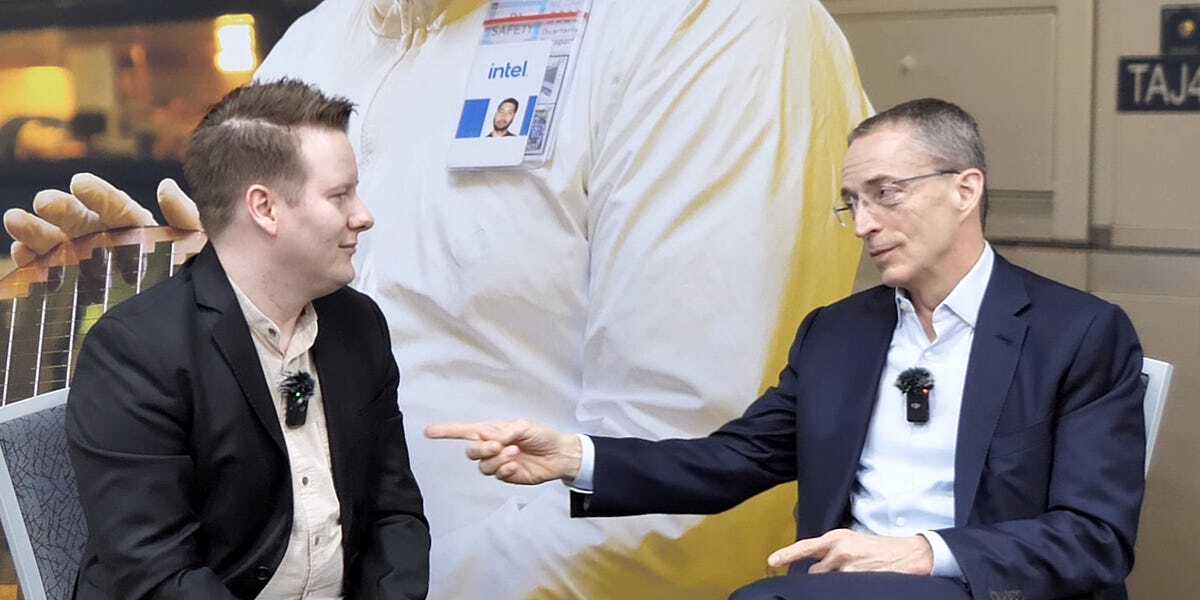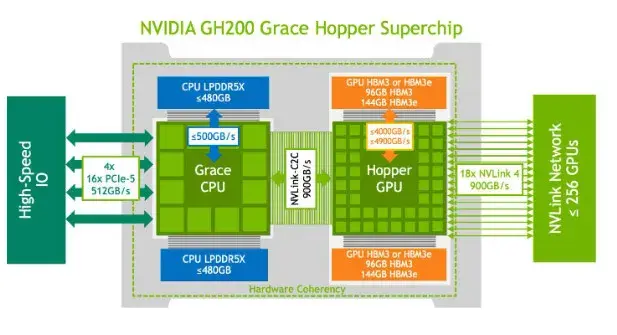As an Android flavour it should be safe after uninstalling all apps associated with the university. Did any of them need a “device owner” permission? That’s the only way to be more persistent on Android without root access.
- 3 Posts
- 24 Comments

 5·9 months ago
5·9 months agoMaybe you could use a USB keyboard or mouse connected trough a dock or OTG converter to allow file transfers.
Are both drives fully encrypted with LUKS? Is trim enabled in both crypttab and fstab?

 1·9 months ago
1·9 months agoThanks for the links! I updated my config from z3fold to zsmalloc and adjusted the vm.page-cluster to test these out.
Reading a bit more, I think when using large max_pool_percent (>30) with Zswap the two solutions are more similar than not. A crucial difference is what use-case is more acceptable since Zswap can cause unresponsiveness (and potential lockup) under high memory pressure. While Zram could result in an OOM crash in a similar worst-case scenario.

 2·9 months ago
2·9 months agoIt is possible, it’s just not generally supported be ISP routers. Also there is a possibility of performance issues since IPv4 NAT often relies on hardware acceleration which might not work for NAT6.

 10·9 months ago
10·9 months agoEven tough IPv6 is technically superior to IPv4 for the network operator it doesn’t have clear benefits for home users.
Having global addresses instead of NAT means less control over your LAN and these unique public addresses can track users more accurately.

 5·9 months ago
5·9 months agoBtrfs with compression enabled and subvolumes set.
And enable/automate maintenance services for BTRFS. For example:
balaceshould be run on heavily used system disks orscrubcould help detect errors even on single disks.ZRAM (With proper sysctl.conf like PopOS does).
Could you explain the preference of ZRAM over ZSWAP? I thought the latter was the more advanced and better performing solution. Is there some magic in Pop’s config?
Happy to help! Tough you are right, this is a rather generic error that doesn’t help much just confirms that the GPU is the issue.
At this point it could be a driver issue since there are similar open bug reports. A hardware problem is still possible since you previously said that it’s unstable on windows too, and power related issues can also lead to this error message.
Most distros use systemd and its logging solution: journald. You can use journalctl to read the logs around the time of the crash for e.g.:
journalctl -S -5mthis shows the last 5 minutes. Use this when a game crashes but the system continues working and did not reboot.journalctl -b -1 -S -10mthis shows the last 10 minutes from the previous boot. Use this if the crash froze the whole system and rebooted.
Look for red lines (errors) and what wrote them. AMD GPU faults usually have the ‘amdgpu’ mentioned, memory errors could appear as ‘protection fault’.
Did you check the system logs to see what caused it?
Many things can result in seemingliy random crashes. Any overclock (including XMP and Expo) or undervolt or even a bios version can be problematic.
I would check first if it’s stable on windows.
With the currently available Android tablets the software really limits its uses. Many of the higher quality product focus too much on productivity without success. But this creeps up the prices so much that makes them hard to justify for entertainment.
I think there are only a few use cases where tablets shine:
- A small (and cheap) reader that’s a comfortable in one hand with a decent screen resolution. It works great as a big phone to enjoy reading comics, books, websites or browsing social media. The Tab S6 Lite 2022 is a solid 10" option and chinese brands offer 8" tabs like the Doogee T20 Mini. You won’t get long software support but the price makes it somewhat acceptable.
- An Oled multimedia screen. These are great for all kinds of videos, movies and series. There are just a few options like the P11 Pro Gen2 that are affordable.
Longer software support is only available from just Samsung or Google and I can’t justify the prices of those if a laptop can replace it. Here a Pixel Tablet or a Tab S9 costs the same as 13" laptop with oled screen (Zenbook S 13) with “unlimited” software support.
I do own a T20 Mini and an old ThinkPad and I really like reading on the Android tablet even with the slow SoC and medicore screen, but bring a real laptop along for longer trips.

 1·10 months ago
1·10 months agoWhat filesystem are you using? Is it encrypted?
Could you run a benchmark to verify if reads and writes are both affected? KDiskMark is like crystaldiskmark or Gnome Disks has a built in benchmark.
Do I need to disable compression on my swap subvolume?
Short: No
Long: it doesn’t matter when mounting multiple subvolumes of the same btrfs partition the options from the first one (usually /) will apply to all. So even if you disable it, that will be ignored.
The old way of creating swap shows the chattr +C line which disables CoW. The same method should work for your Downloads folder since CoW is needed for snapshotting.
He’s looking for quite recent Amd based laptops which all support win 11, so I would actually expect the prices to increase with the higher demand.
You’re right, I linked an old article and it should have been fixed, but there are newer reports of remaining issues. But even this should be fixed in your kernel version already so it was probably a bad guess.
There were issues with TPM so that might affect the older bios versions. You could try disabling it.

 2·11 months ago
2·11 months agoNo, there isn’t any more risk buying a mining card than any other used card. In both cases you should use a platform/marketplace with buyer protection options. Maybe one additional step is checking the VBIOS when testing.
The non XT is the best value of the 6600 family but depending on local pricing the 6600XT, 6650XT and even the 7600 could make sense. Just keep in mind that these are the same performance class. Some charts show the mentioned GPUs.

 4·11 months ago
4·11 months agoThere are some used options e.g. 5700 XT-s are really cheap because many of them were mining card. For new cards there aren’t many options RX 6600 has relatively good value, but it’s only worth it if efficiency or features like hw video codecs are important for you.

 14·1 year ago
14·1 year agoFilesystem permissions
For many apps it is not an issue and provides additional security but in other cases it’s very annoying and not trivial to fix.
Example1: opening a .docx from Thunderbird flatpak with OnlyOffice flatpak does not work out of the box.
Example2: mpv and VLC flatpaks work well for local files, but fail to open network shares from Dolphin.
I think a possible solution would be runtime permission dialogs when denied access.




That’s more than enough. You can’t do any more.